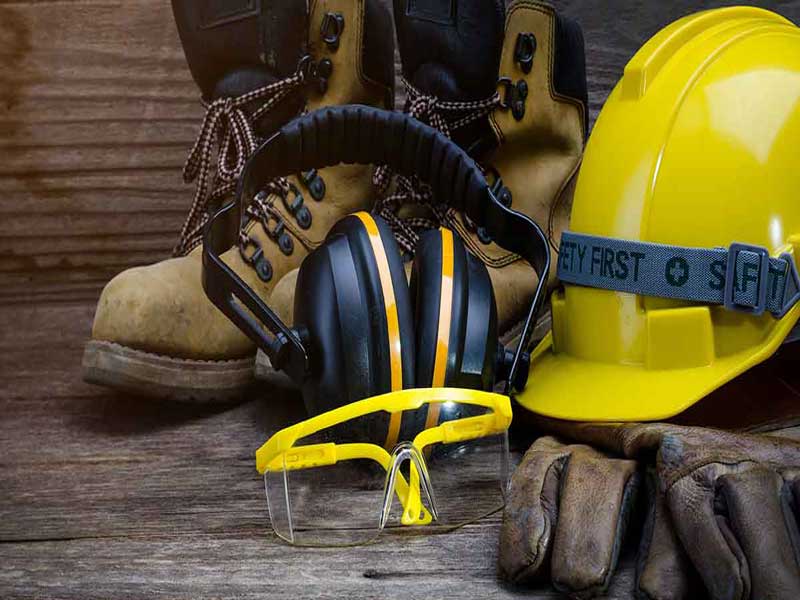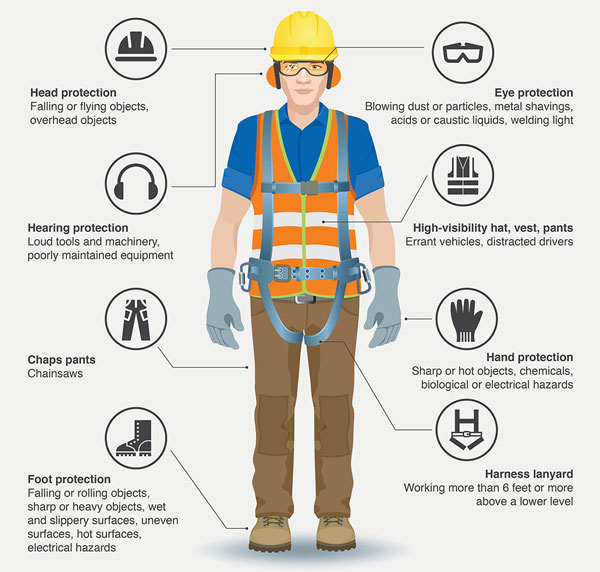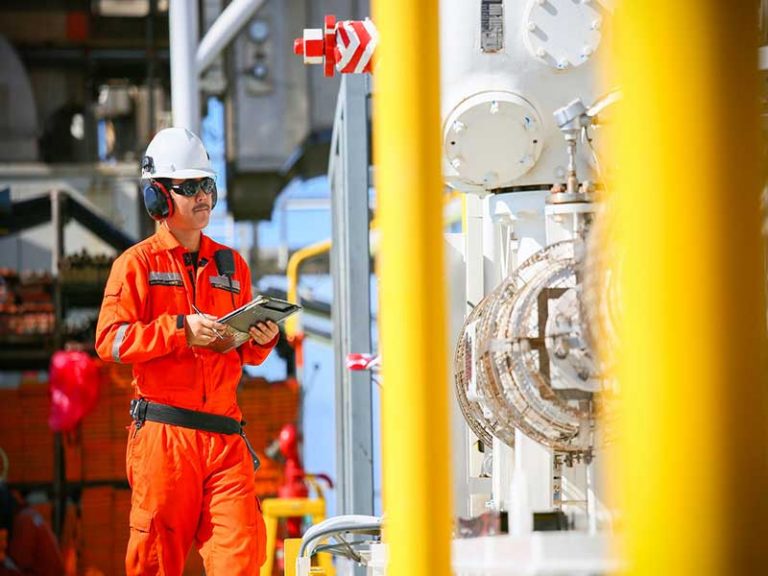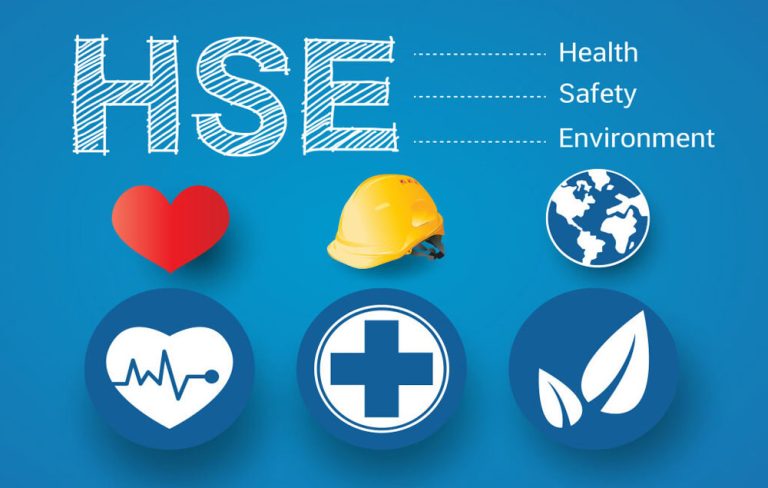There are many reasons why you should wear PPE in the workplace. Wearing PPE provides protection from the many different hazards that working people face on a daily basis. In the following article we will cover five advantages of wearing PPE at work and the importance of it.
One professional safety equipment company that produce different type personal protective equipment in China.

Table of Contents
Five advantages of wearing PPE at work
There are many advantages to wearing personal protective equipment (PPE) while working. below are the main 5 advantages of wearing PPE at workplace:
1. Reduction in Workplace Injury
Wearing protective equipment (PPE) at work reduces workplace injuries. The Occupational Safety and Health Administration (OSHA) estimates that about 40% of all workers in the United States are injured on the job every year. PPE is required by OSHA for many types of jobs, such as those that involve hazardous chemicals.
OSHA estimates that about 30% of these injuries are caused by lack of PPE. For example, a worker might not have worn hearing protection when using loud machinery or eye protection when working around dangerous chemicals.
To reduce workplace injuries, OSHA recommends wearing PPE whenever it’s necessary for safety reasons.
2. Reduction in Staff Turnover
Wearing Personal Protective Equipment (PPE) at work can reduce employee turnover and help to keep your workers safe.
Safety is a top priority for many employers. When it comes to protecting employees, it’s important to remember that there are many types of hazards that could affect their safety and health on the job.
One of the most common hazards employees face is exposure to chemicals or other substances in the workplace environment. Wearing Personal Protective Equipment (PPE) is one way employers can protect their employees from these types of dangers.
Wearing PPE can reduce employee turnover rates in your company because protecting workers from dangerous conditions will help keep them happy and healthy at work!
Employee Turnover Reduces Productivity
When employees leave their jobs it can have a significant effect on productivity within your business. When an employee leaves their job, it takes time for you as an employer to find a replacement worker who has the skills needed for the position. This means that you may need to train new employees on how to perform their job duties which will cost time and money for both parties involved. It also means that you will have fewer people available in your office when you try to find a replacement worker.
3. Reduction in Sickness Absence
Employees should be encouraged to wear PPE at work, as this reduces the risk of contracting an illness, and makes them less likely to take a day off sick.
The Health and Safety at Work Act 1974 requires employers to ensure that their employees are not exposed to risks to their health and safety. This means that employers must ensure that their employees do not come into contact with hazardous substances at work. The law also requires employers to provide PPE for their workers if it is reasonable for them to do so.
If your employer does not provide PPE such as gloves, goggles, or face masks, then it may be possible for you to claim compensation from them if you suffer an injury as a result of being exposed to a dangerous substance without protection.
You may also be able to claim compensation if your employer does not provide adequate ventilation or air conditioning in order for you to avoid exposure to harmful substances which could make you ill.
4. Helps Avoid Prosecutions, Fines, and Legal Fees
Wearing PPE at work is a legal requirement in many industries. It’s not just about safety; it’s about avoiding lawsuits, fines, and legal fees.
The Occupational Safety and Health Administration (OSHA) recommends that employers provide workers with Personal Protective Equipment (PPE), including gloves, safety glasses, hard hats, and other items. Workers should also wear PPE when they are working on hazardous waste sites, in construction areas, or near heavy equipment. The purpose of PPE is to help protect the worker against injuries or illnesses that could occur during their job.
Wearing PPE at work helps avoid lawsuits, fines and legal fees
There have been many cases where workers have been injured by defective products or equipment that was poorly designed or manufactured. In some cases, these injuries were preventable if better safety precautions had been taken by the employer. If you are injured while wearing PPE at work, it can be difficult to prove that your injury was due to negligence on the part of your employer. However, if you are not wearing proper safety equipment when you are injured, it becomes much easier for an attorney to argue that your employer should have provided you with better protection from harm.
You can face serious consequences if you fail to properly equip your workers with the protective gear they need. In fact, OSHA may issue citations or fines if your employees are injured because they weren’t wearing the right protective gear.
That’s why it’s so important to provide all workers with proper PPE — especially when working on dangerous projects or in dangerous environments.
5. Meets Legal Requirements and Standards
The Occupational Safety and Health Act (OSHA) is a law that regulates the safety of American workers. The law requires employers to provide their employees with a safe workplace. This includes providing PPE when necessary to protect the health and safety of workers.
The OSHA regulation states that employers must provide their employees with PPE when there is a danger or risk to their health or safety while they are on the job.
PPE is defined as any protective clothing, equipment or devices worn by workers which are designed to limit exposure to hazards in the workplace. PPE can include safety glasses, hard hats and steel-toed boots as well as respirators and ear protection.
Employers must provide adequate training for employees who use PPE because it helps them understand why they need it and how to use it properly so that it does its job properly. Employers also need to make sure that any PPE supplied is properly maintained so it will function properly if needed during an emergency situation.
Why is it important to wear PPE at work?
Personal protective equipment (PPE) is any type of clothing or equipment designed to protect you from injury or infection. Many people who work in industries that involve the handling of chemicals or other hazardous materials are required to wear Personal Protective Equipment (PPE). During their day, they might come into contact with many different types of PPE: gloves, boots, aprons, etc. All of these items are designed to protect the body from potential harm. When used properly and in conjunction with other safety procedures, they can be very effective at preventing injuries.
Here are some reasons why it’s important to wear PPE at work:
- To protect against chemical splashes and spills
- To protect against cuts and abrasions
- To prevent electrical shocks
- To prevent burns from hot surfaces
- To prevent injury due to falling objects
What are the legal requirements of PPE?
OSHA requires that employers provide personal protective equipment (PPE) to protect employees from hazards. The Occupational Safety and Health Administration (OSHA) also regulates PPE as part of its standard for Personal Protective Equipment (1910.132). This standard applies to all employers under the jurisdiction of the Occupational Safety and Health Act, including private sector employers, federal agencies, state and local governments, and educational institutions.
The purpose of this standard is to ensure that employees are provided with PPE that protects them from workplace injuries and illnesses. Employers must provide their employees with appropriate PPE for the hazards they face in the workplace. Additionally, employers must ensure that their employees use this equipment properly.
OSHA defines PPE as “items designed to be worn by employees for protection against one or more occupational hazards” (29 CFR 1910.132(b)). The following are a list of items that must be done when working in an environment where there is a potential for injury:
- Use PPE. The employer has a duty to provide PPE to workers if they are exposed to hazards that could result in harm or injury. This means that the employer has a responsibility to make sure that employees have access to the necessary gear, such as hard hats and safety glasses. If PPE is not provided by your employer, you can ask them for it or bring it from home.
- Wear PPE. When required by OSHA, employers must ensure that all employees wear their required PPE at all times when exposed to hazardous substances or situations. The employer must also ensure that employees take appropriate steps before beginning work so they know how to use their PPE correctly (for example, wearing gloves when handling chemicals).
- Don’t modify or alter PPE. Employers may not alter required safety equipment such as helmets or goggles in any way that could make them less safe than they were designed by the manufacturer. This includes cutting holes in helmets or modifying gloves so they won’t fit tightly enough on your hands.

Does the employer need to train each worker forced to wear PPE?
The answer to this question is yes. The employer must train each worker forced to wear PPE, but not necessarily in the same manner as they would train workers who voluntarily choose to wear PPE.
The employer has the responsibility of providing whatever PPE is necessary for the job. This could include a variety of different items, such as hardhats and steel-toed boots. If an employee is required to wear PPE, then the employer must make sure that person understands why he or she needs to wear it and how it will help protect them from any hazards that could cause injury or illness if they don’t wear it.
It may be possible that some employees are more comfortable with certain types of equipment than others. For example, some employees may prefer wearing safety glasses over wearing ear plugs because they are less intrusive on their hearing ability when working around loud machinery or construction sites. However, other employees may find ear plugs more comfortable because they allow them to hear better when wearing them at all times while working in noisy environments such as these. In this case, it would be up to each worker individually whether he or she wants to wear PPE for protection against hazardous noise levels or not;

Conclusion
As a result, wearing appropriate PPE can help to both protect you and your co-workers from injury as well as cut down on your risk for workplace injuries. In essence, it is important to stay safe at work by always wearing your PPE.







